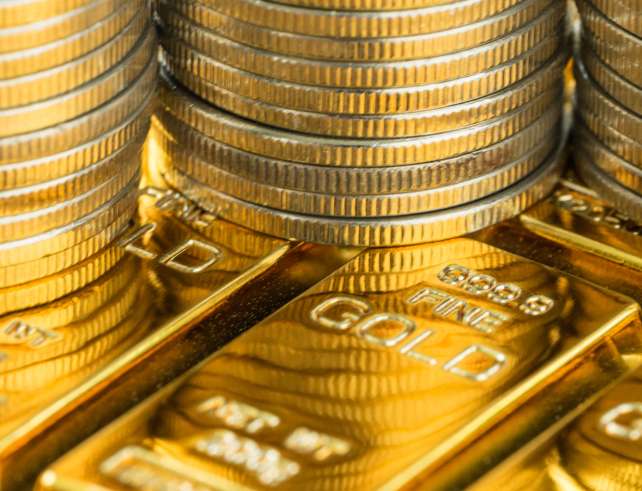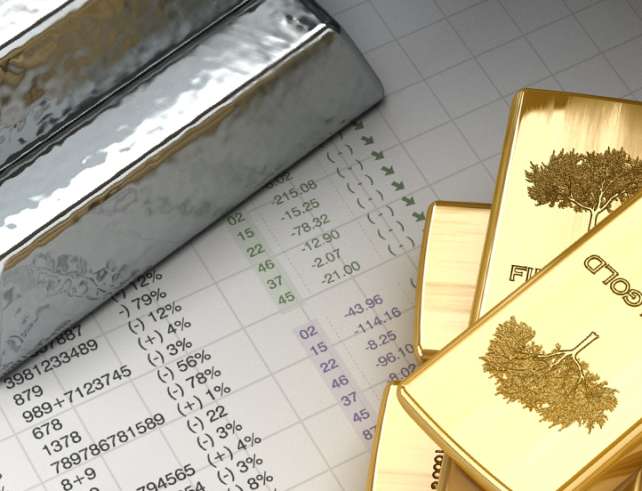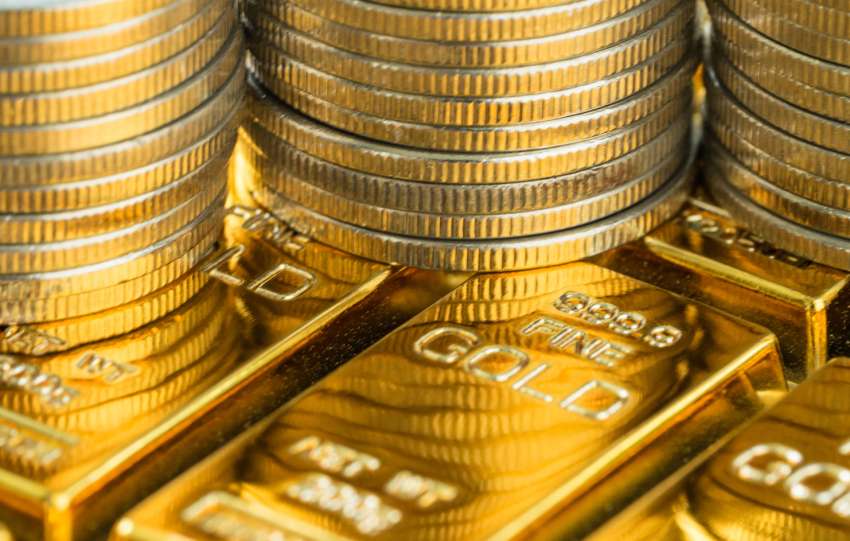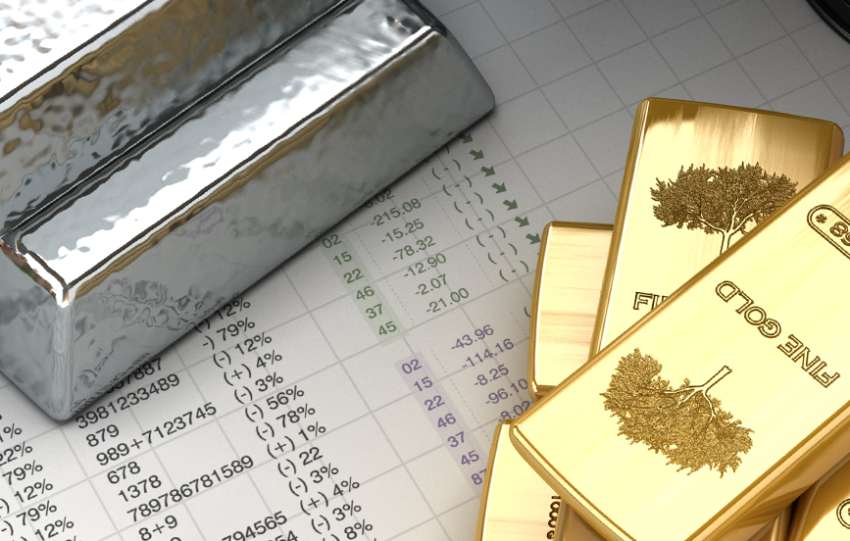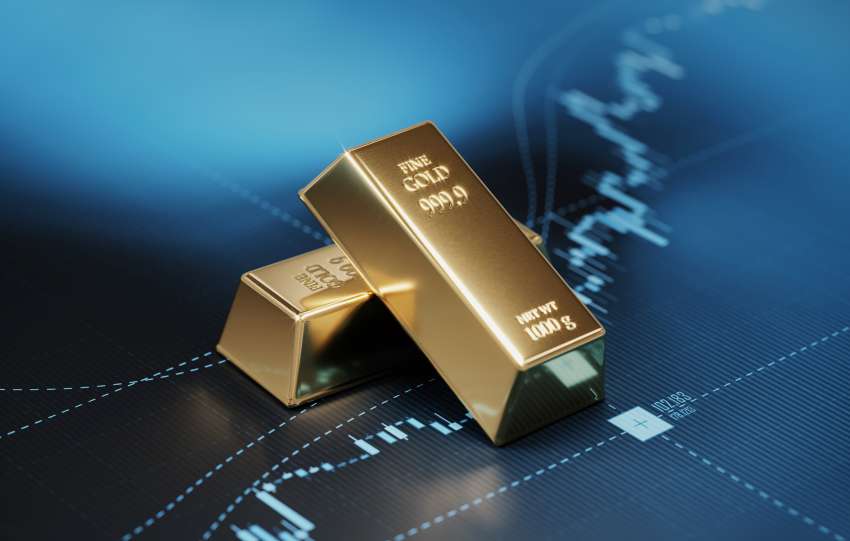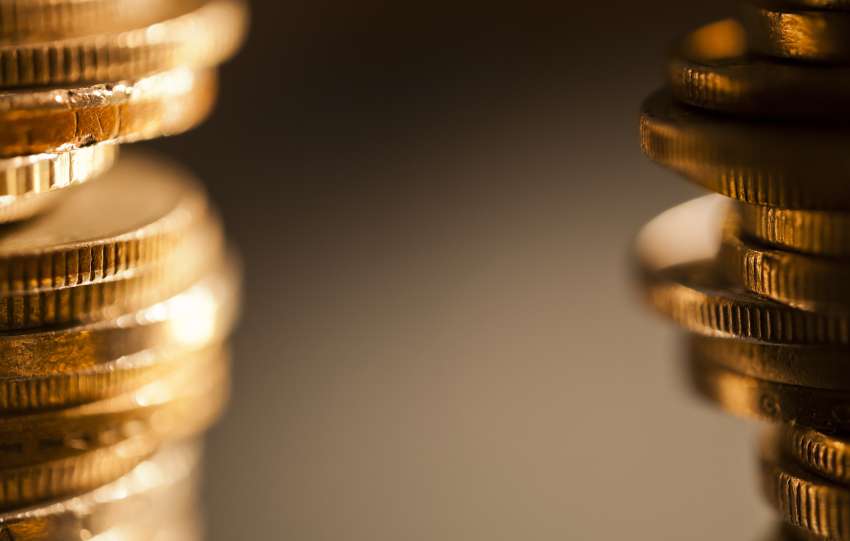There are plenty of questions new investors have when buying precious metals. One of the more common, however, is whether to buy gold jewelry or bullion. Both certainly sound like solid strategies since the yellow metal always holds value. Of course, there are some big differences.
While you’ll often hear the term “gold is gold” — even on this very website — varying forms of gold can have their own benefits and disadvantages. This is why it’s important to understand what you’re buying before beginning your investment journey.
At Silver Gold Bull, we know that an informed investment is a smart investment. The following information will help you achieve that endeavor. Gold jewelry and bullion may both be solid purchases, but one should stand out based on your financial goals.
Fine Jewelry vs Bullion Jewelry
When you buy gold bars and other bullion types, your investment typically varies significantly from jewelry. Before diving into the many differences, though, it’s important to realize that not all gold jewelry products are the same. In fact, this goes far beyond style and designers.
If you have a necklace or earrings containing the yellow metal, it likely qualifies as fine jewelry. Depending on the designer, it might be an elegant piece that grabs everyone’s attention. For those who buy bullion jewelry, though, the focus isn’t so much on aesthetics.
What Is Fine Jewelry?
Fine jewelry pieces typically have a gold content ranging from 58% to 75%. This means most of these items fall under 18 karats. They often come with additional adornments or a popular designer’s name. This type of jewelry falls under the category of “luxury goods” rather than “investment.”
Of course, this doesn’t mean it’s not valuable. The designer’s name itself can hold worth. Additionally, the intrinsic value of the item ensures it will always be worth at least its gold content. This means even after you’ve grown tired of the piece, you could still make money back by selling it.
What Is Bullion Jewelry?
Bullion jewelry typically avoids the frill of fancy adornments. It usually comes as a necklace, and its gold content ranges from 22 to 24 karats. While it’s still often worn as a fashion accessory, its primary purpose is to serve as an investment.
If you come across gold bullion jewelry from India, you might get the investment along with ornate adornments. In most cases, though, these items are nothing more than a form of storing value. They typically trade near spot price, and pawn shops often melt them down as scrap.
Benefits of Buying Gold Jewelry
Since bullion jewelry essentially falls into the same realm as traditional bullion, the rest of this guide will focus on fine jewelry. And while most experts will say coins and bars are better than necklaces and bracelets, there’s no denying that the latter two carry several benefits.
When comparing gold jewelry and bullion, a good fashion statement stands out in several ways:
- Fashionable: When you buy gold bullion bars, they usually sit in a vault somewhere until you sell them. With jewelry, you can show off your investment and liven up your look.
- Brand name: As long as a piece’s designer remains popular, your items will demand a premium substantially higher than traditional bullion.
- Foreign demand: Even when demand for traditional gold items remains steady, jewelry maintains high demand in places like China and India. This widens your potential buyer pool.
- Store of value: While there are many differences between gold jewelry and bullion, they both serve as great stores of value. Your item can become more valuable during poor economies.
Of course, even the glitter of gold jewelry has its disadvantages. This is why many investors pay more attention to bullion items like bars and coins. The benefits of these over necklaces and bracelets are many.
Benefits of Buying Gold Bullion
Excitement for gold recently grew so much that the U.S. Mint could not meet demand for bullion products. While people were certainly snagging jewelry pieces when they could, most focused on items like bullion bars and coins.
There are several factors that explain this reality:
- High liquidity: Between gold jewelry and bullion, the latter has more liquidity. Many people who buy used jewelry view it as scrap. This is harder to sell than coins and bars.
- Lower premiums: You’ll pay a premium on every gold item you purchase. If buying fine jewelry, though, this premium can far exceed what you’d pay for traditional bullion.
- More variety: Gold jewelry and bullion each come in many forms. Bullion coins, however, offer far more variety. They feature everything from historical events to mythological creatures.
- Safety: While it may seem fashionable to wear gold around your neck, it’s very similar to walking around with money hanging out of your wallet. There’s no temptation to wear bullion. After all, you can’t wear an ounce bar as an earring!
These benefits are just the tip of the iceberg. If you ask any investor to choose between gold jewelry and bullion, their choice will center on bullion in most cases. Unless you want an expensive piece that’s likely to lose value over time, fine jewelry simply isn’t the way to go.
Gold Jewelry vs Bullion: A Buyer’s Guide
While the benefits of bullion over jewelry are many, there are still folks who would rather have rings, necklaces, cufflinks and earrings. If you fall into this category, it’s important that you take measures to make the most from your investment.
You may find yourself saying, “I don’t need high-end jewelry! Scrap holds the value I want!” Frequently, this is absolutely true. It’s particularly the case if you’re buying old precious metal items. Unfortunately, you won’t usually find these at reputable dealers.
Because of this, abide by the following rules when buying gold jewelry:
- Avoid unsolicited offers: If anyone ever approaches you and offers to sell their jewelry, don’t hand over any cash. Authorities recognized a spate of scammers selling fake items for “gas money.” They’d pretend their car had broken down and that they were in a difficult situation.
- Be wary of pawn shops: It’s illegal for pawn shops to pass off fake items as if they’re real. Unfortunately, they may not always realize they’re doing this. There have been countless examples of pawnbrokers buying fake jewelry. Don’t join them in their victimization.
- Take precautions on eBay: At any given time, you can find thousands of gold jewelry and bullion items on eBay. Most sellers offering jewelry, though, are just regular people. Unfortunately, they may unknowingly sell fake items. Counterfeiters can even fake hallmarks these days.
Gold jewelry and bullion can both be brilliant investments, but the risk in buying the former is much higher. There are far more reputable bullion dealers than secondhand jewelry sellers. And if you go the safe route of buying new jewelry, you’ll end up paying far more than an item’s intrinsic value.
Gold Jewelry vs Bullion: A Clear Answer!
If you venture into precious metals investing, there’s an obvious answer between bullion and jewelry. While the latter may carry added value based on its designer, there’s no guarantee that this worth will last. You could one day end up with a gold necklace worth a fraction of what you paid.
Of course, this is different with bullion jewelry. These items rarely carry the “frill” of fine jewelry items, and this means you can often purchase them for near spot value. Unfortunately, you’ll have an item with less liquidity than traditional bullion items.
At Silver Gold Bull, we want each of our clients to get the best deal possible. In the debate over gold jewelry vs bullion, this typically means a recommendation of the latter. Visit our Gold Bullion Products page today to get started on your journey of precious metals investment.



